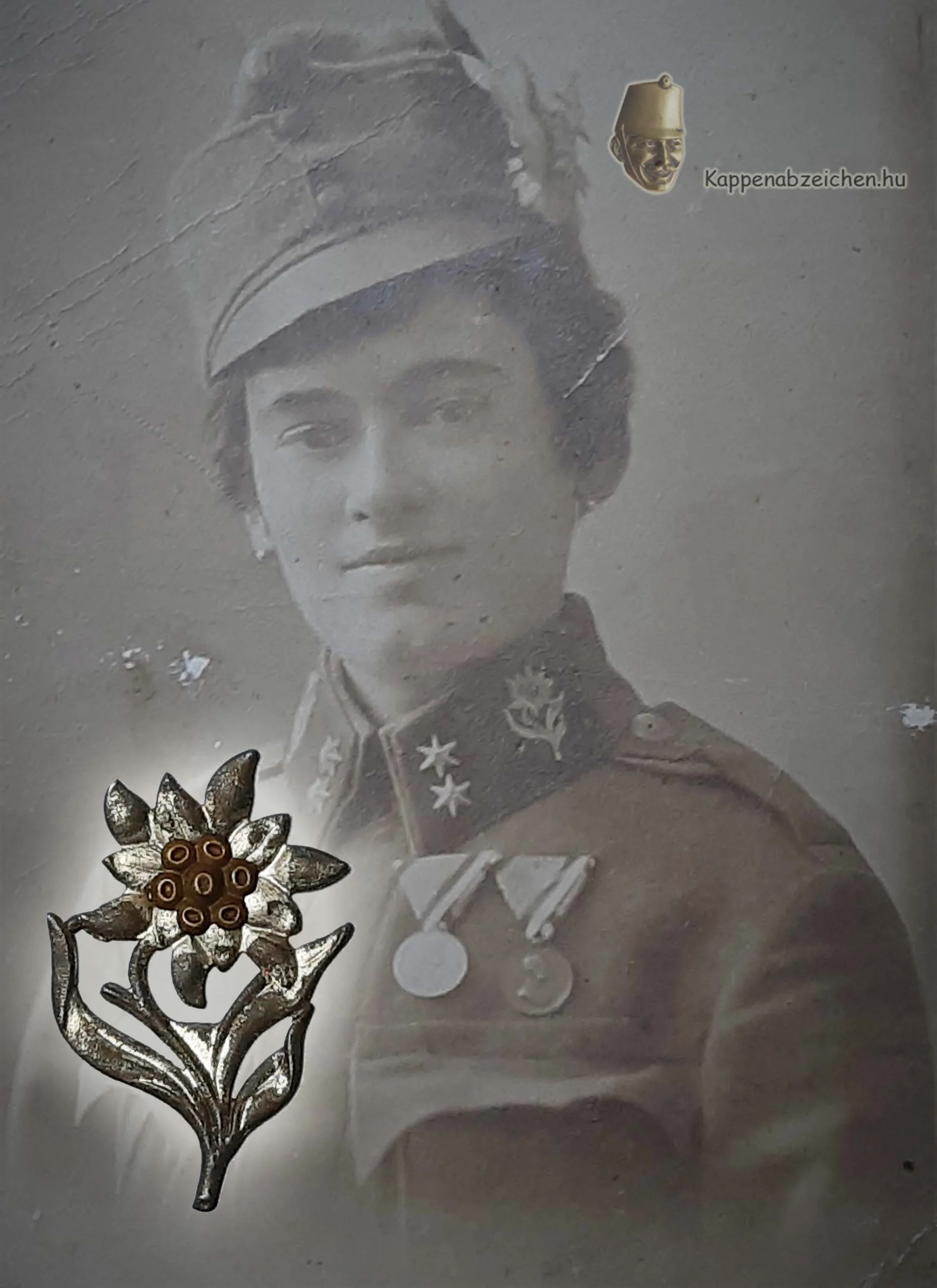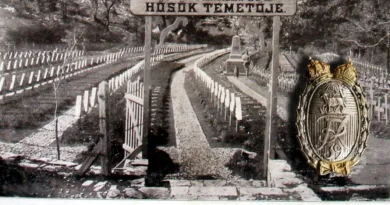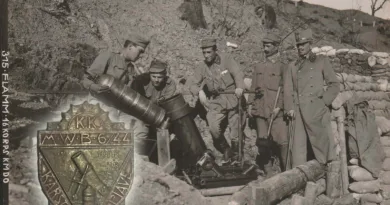Mountain troops’ badge
Another long-awaited post by my friend Gábor Széplaki.
The plant with star-shaped inflorescences, the snow weed (Edelweiss), is mostly found at an altitude of 1,800 to 3,000 meters, on stony mountain meadows and on limestone cliffs. This plant is the symbol of the European high mountains (Alps, Tatras) and alpinism, which can also be found in the symbolics of several nations (German, Austrian, Czech, Swiss, Slovak, Slovenian, Polish, Italian).
In the army of the Monarchy, the motif was regularized as a collar insignia as early as 1907 by the k.k. Landwehr for mountain troops, since then it has been considered the insignia of specially trained, mountain formations.

In the early days, the weed badge was worn by two (from 1909: three) Tyrolean provincial rifle regiments and from 1911 by the k.k. Landwehr 4th (Klagenfurt) infantry regiment, and the k.k. 27th Landwehr (Laibach) infantry regiment.
Many contemporary photographs show the insignia being worn, sometimes on the collar, sometimes on the cap, sometimes in both places at the same time. To solve this interesting problem of varying usage, I found the following solution in the literature:
On August 8, 1914, Archduke Joseph-Ferdinand was the commander of the XIV. corps (Insbruck), when he donated the Edelweiss as a distinctive cap badge to all members of his corps, which is also mentioned in a decree issued to the armed force. It is listed as the “field badge of the corps”. This insignia was pressed from sheet aluminium with seven golden umbrellas, without a stem.

The distinguishing insignia was always worn on the left side of the cap. Initially it was strictly observed that the plant depicted without a stem was worn by those entitled. During the war, however, it became common that the k.k. Landwehr mountain troops’ insignia worn on the collar was also used on the cap, which was fixed with the stem towards the back, i.e. the inflorescence of the plant looked in the direction of the front of the cap. The metal version of the insignia pressed from a thin plate was worn by crew members and non-commissioned officers, and the officers usually wore them embroidered on a grass-green canvas base, and in the case of mountain artillery, they were worn on a red post base.


It follows from this that the weed badge was worn on the cap by members of the XIV. corps (Innsbruck). Tyrolean Provincial Riflemen (from 1917 Kaiserschützen) belonging to the same corps had worn the insignia on the collar and cap at the same time. When the Edelweiss insignia was visible only on the collar, it identified the soldiers of the Landwehr Infantry Regiment No. 4 in Klagenfurt, or Infantry Regiment No. 27 in Laibach (from 1917: k.k. No. 1 or 2 Mountain Rifle Regiments), which were part of the III. corps (Graz).

In addition to the centrally distributed specimens, the badges could be purchased individually, as evidenced by the price list in the richly illustrated catalog of the Viennese uniform and equipment dealer Max Schall published in 1914/15:




